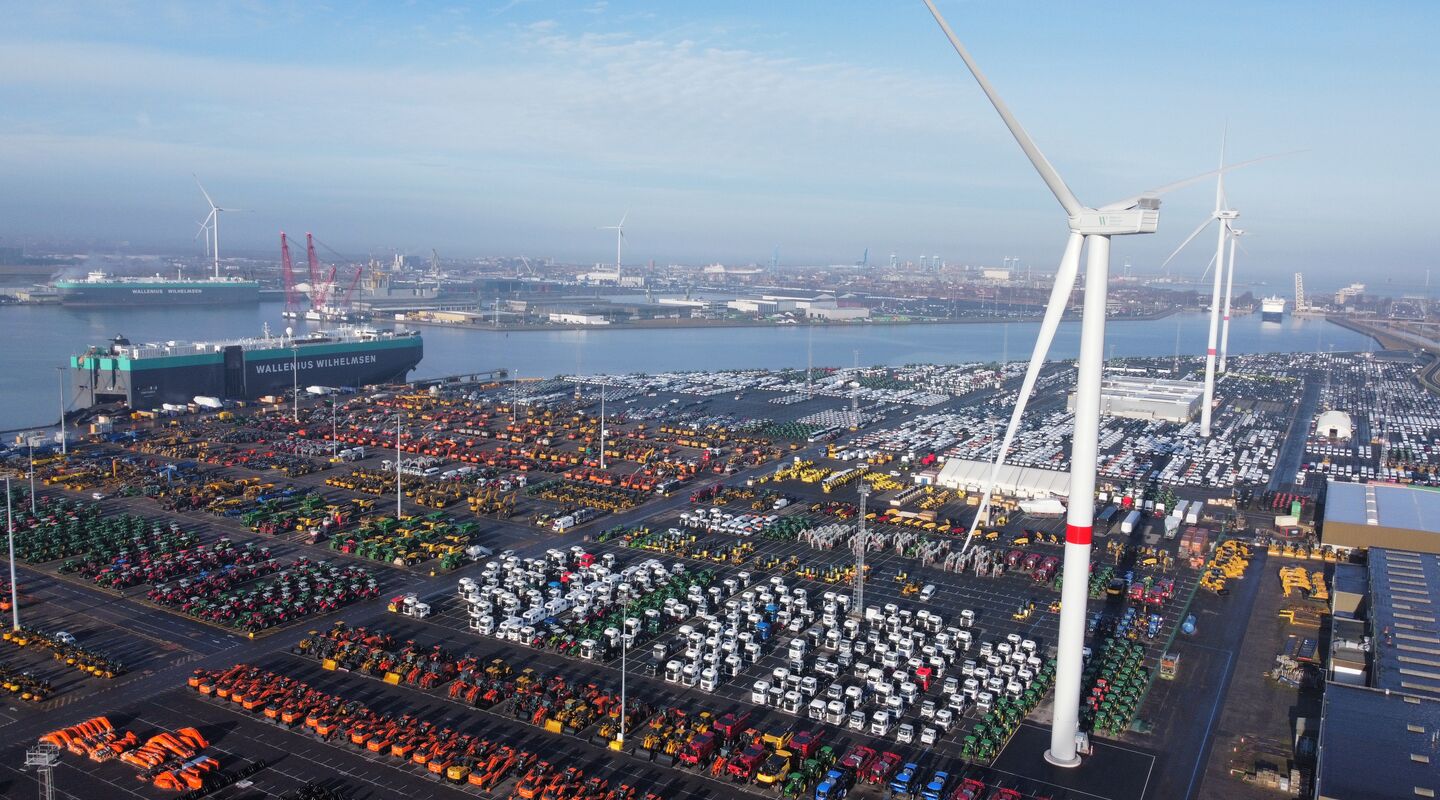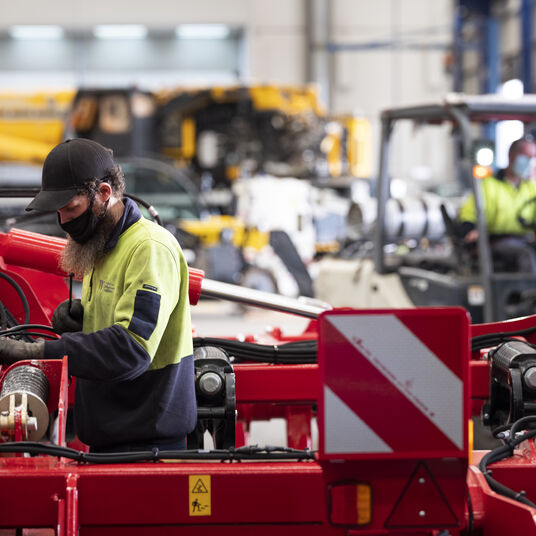All solutions on the table to ongoing supply chain challenges
As the capacity crunch worsens, we’re working with customers to find solutions for now and the future.

At the end of May we registered 1,731 lost days waiting, something that has huge implications on vessel planning.
The litany of issues plaguing supply chains – surging volumes, port congestion, labor shortage, pandemic restrictions, and geo-political uncertainty – suggests shipping’s capacity issues will not be resolved any time soon.
This makes it critical to find short and long-term solutions, even imperfect ones. As a global problem across all supply chains, Wallenius Wilhelmsen can’t fix this situation, but we can work with customers to manage it.
Alternative ports
Port congestion is a serious concern. It effectively sidelines vessels, which further aggravates capacity constraints. Diverting cargo to alternative has become one common solution. Something we’ve been doing in bottleneck ports like San Antonio (SNT), Shanghai and Fremantle.
However, this solution has its complications and is no panacea. It needs close coordination among stakeholders to plan, execute and manage the consequences. We’ve also been exploring other options like:
- Reduced sailings to hot spots.
- Collaborating with stakeholders like ports, customers, labor companies to improve operational efficiency by, for example, clearing out vehicles in storage to create space.
- Voyages are optimized and dispersed throughout the month to reduce the chances of bottlenecks
- Space caps, which have been agreed with some customers.
- Rolling over and cutting off cargo.
- Constantly monitoring the situation at ports to see which measures are most effective.
Long-term solutions also needed
Unfortunately, a lack of new capacity coming into the market means this extremely complex situation is likely to last at least until the end of the year, and probably for a few years.
So, in addition to the short-term fixes, we need to develop more permanent solutions.
These include:
- Adding both terminal and shipping capacity
- Improving end-to-end supply-chain efficiency
- Developing digital solutions to streamline operations and reduce port congestion
We have ongoing projects to address all three areas.
We fast-tracked construction at our state-of-the-art terminal expansion at Zeebrugge to start taking cargo and we’ll announce our newbuilding program this year, adding capacity in the long term.
We also believe that this situation presents a unique opportunity to drive waste out of the supply chain by taking a holistic end-to-end view. This will free up capacity and enable more sustainable solutions in the longer term.
We need solutions for today, but we also need to use this opportunity to create a better way of doing things in the long term.
